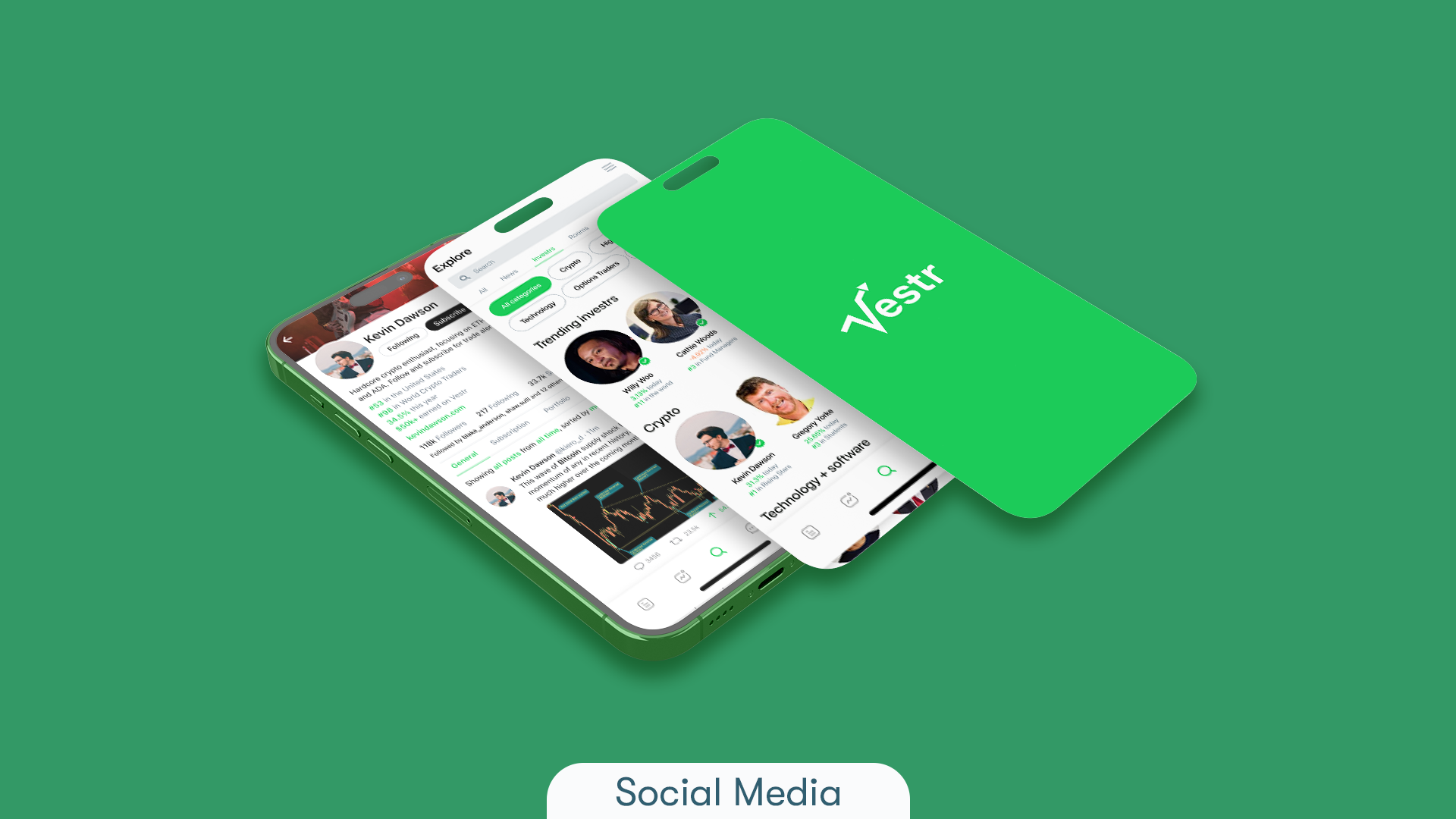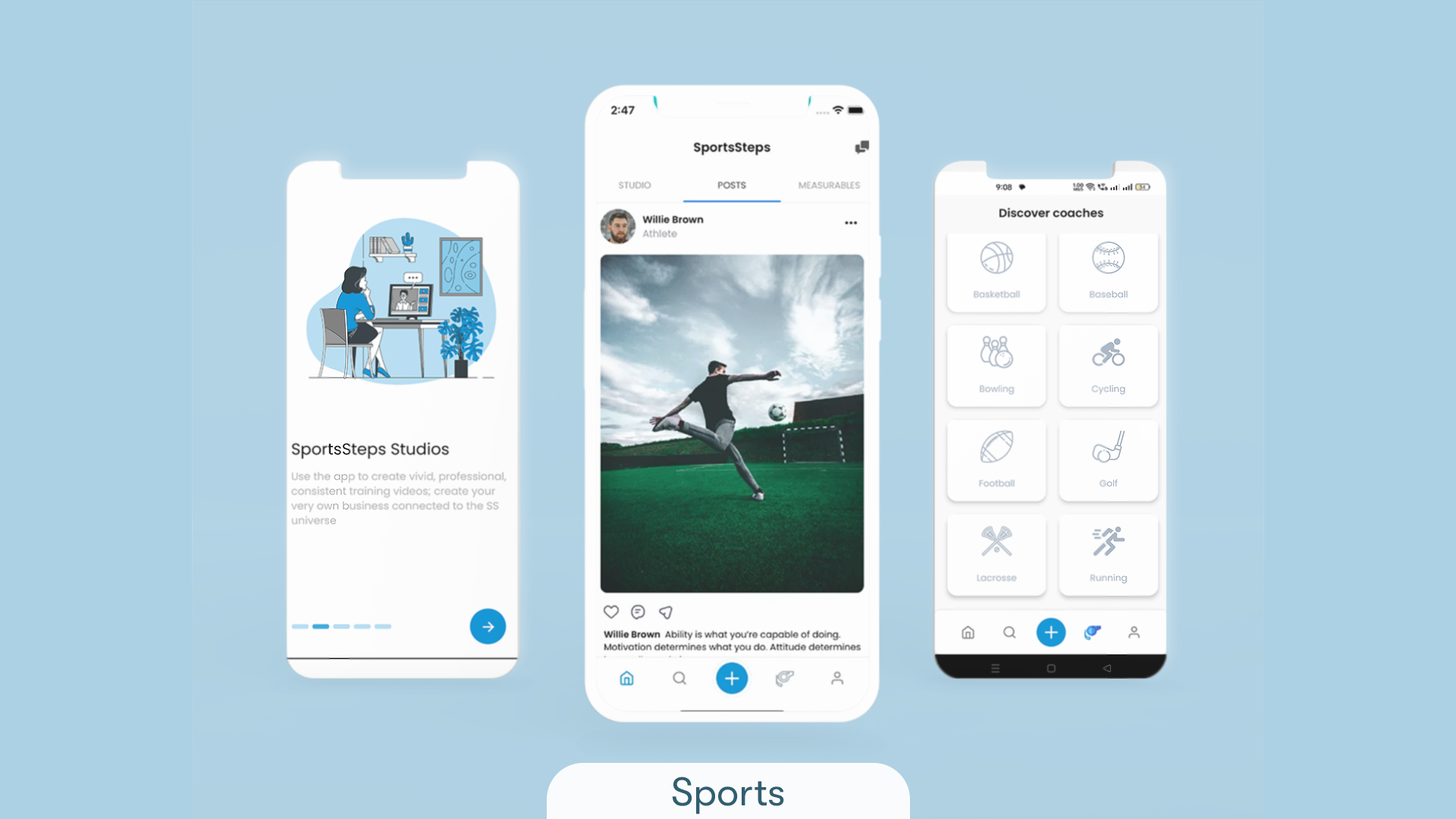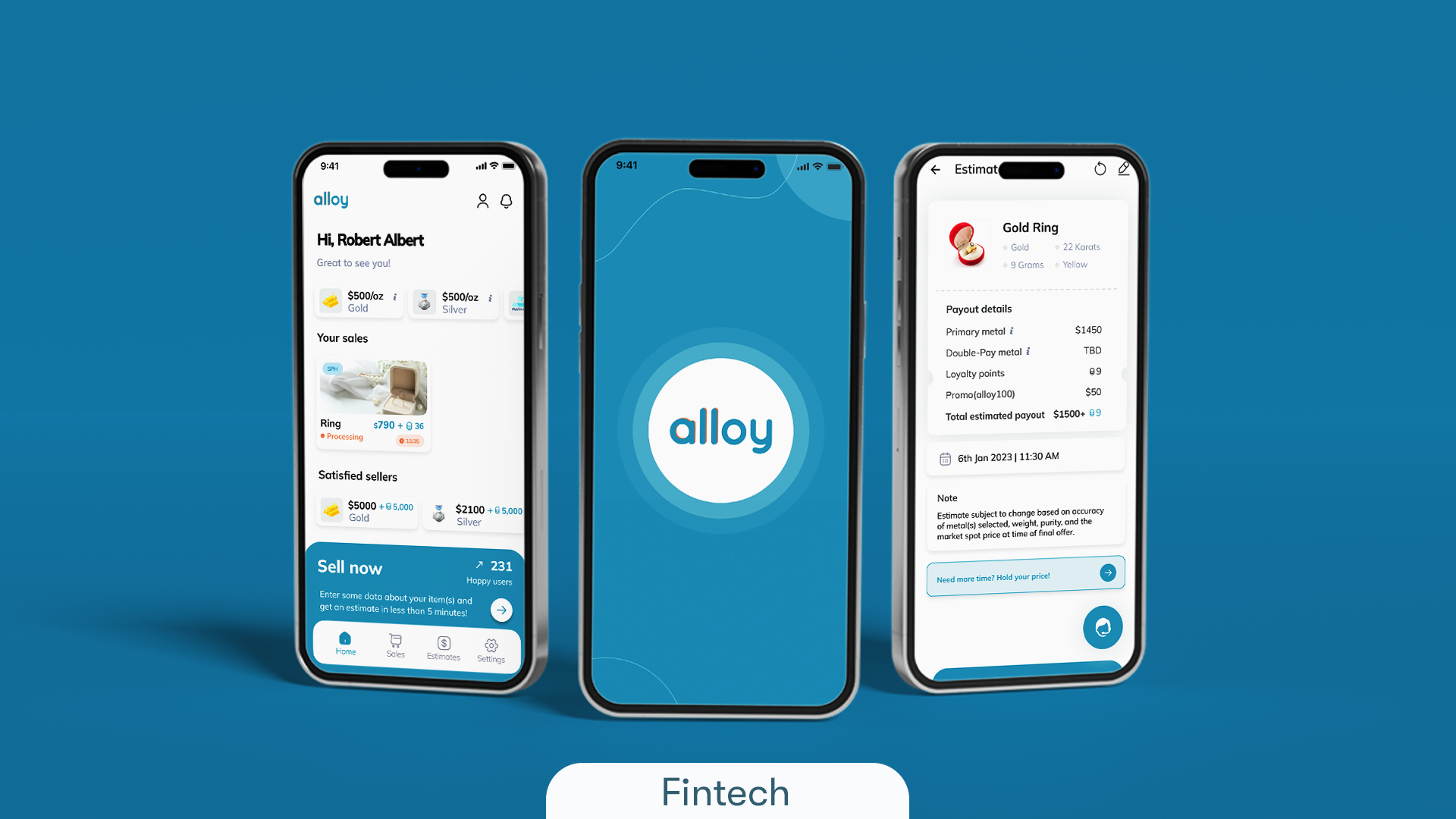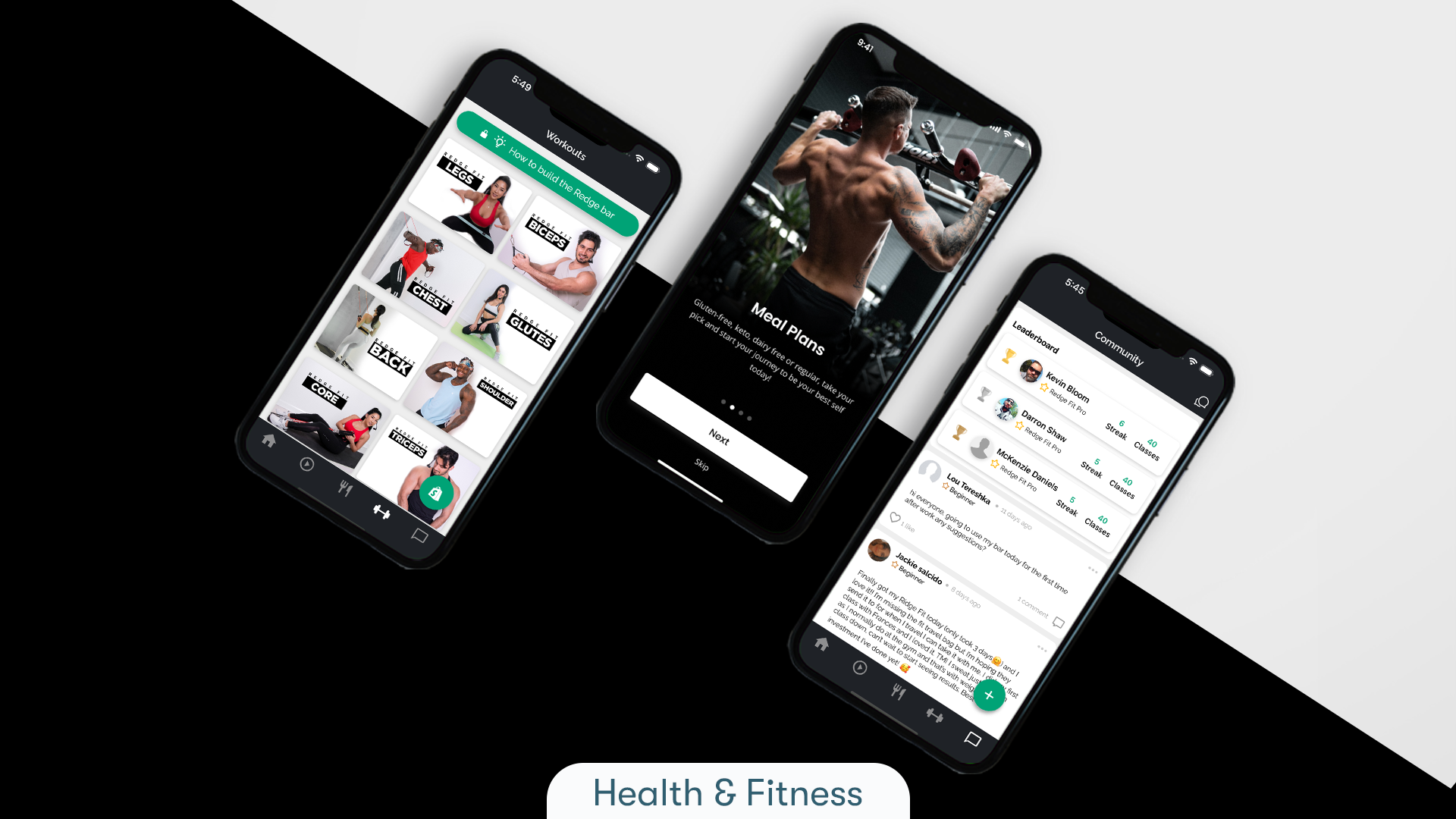February 24th, 2025 at 10:30 am
Augmented Reality (AR) is revolutionizing mobile app experiences, merging digital elements with the real world to create immersive and interactive applications. From virtual try-ons in e-commerce to immersive gaming worlds and interactive learning experiences, AR technology is enhancing user engagement, personalization, and real-time interaction.
With the rise of AI-powered AR, 5G connectivity, and advanced spatial computing, mobile applications are evolving to deliver next-level digital experiences.
In this article, we explore:
- How AR works and its core technologies
- Industries leveraging AR for user engagement
- Challenges in AR app development and solutions
- The future of AR-powered mobile applications
If you’re an app developer, business owner, or UX designer, this guide provides key insights into integrating AR for enhanced mobile engagement.
What is Augmented Reality and How Does It Work?
Augmented Reality (AR) is a technology that overlays digital content (3D models, animations, text, or images) onto the real world using a smartphone, tablet, or AR-enabled headset. Unlike Virtual Reality (VR), which immerses users in a fully digital environment, AR enhances the real-world experience by adding interactive digital layers.
Key AR Technologies Powering Mobile Apps:
- Marker-Based AR: Uses QR codes or images to trigger AR experiences (e.g., AR business cards).
- Markerless AR: Uses GPS, LiDAR, and AI to display AR content without predefined markers (e.g., Pokémon GO).
- Projection-Based AR: Projects holograms onto real surfaces for hands-free interaction (e.g., AR smart glasses).
- SLAM (Simultaneous Localization and Mapping): Enables real-time tracking of environments for accurate AR placement.
Popular AR Development Platforms:
- ARKit (Apple) & ARCore (Google) – Used for building high-quality AR experiences on mobile.
- Unity & Unreal Engine – Game engines that support AR integration with advanced 3D graphics.
By utilizing AI-powered object detection, spatial tracking, and real-time rendering, AR is enabling smarter and more interactive mobile experiences.
Industries Benefiting from AR in Mobile Apps
1. AR in E-commerce for Virtual Product Try-Ons
Augmented Reality is transforming online shopping by enabling virtual product visualization, reducing return rates, and enhancing customer confidence.
- Virtual Try-On for Fashion & Accessories: AR lets users try on clothes, watches, or eyeglasses in real time.
- Furniture & Home Decor Visualization: Users can place 3D furniture models in their homes before purchasing.
- Beauty & Skincare AR Filters: AI-driven AR detects skin tones and facial features for makeup and skincare recommendations.
Real-World Example:
- IKEA Place App allows users to visualize furniture in their homes using AR, enhancing the shopping experience.
Pro Tip: Implement AI-powered AR personalization to recommend products based on customer preferences and face/body scanning technology.
2. AR in Gaming for Immersive Experiences
Gaming apps leverage AR to blend the digital and physical world, offering real-time interactive gameplay.
- Location-Based AR Games: Uses GPS and AR to place game elements in real-world locations (e.g., Pokémon GO).
- AR Multiplayer Gaming: Allows users to play collaborative AR-based games with real-time interactions.
- Gesture-Controlled AR Games: Uses hand tracking and motion sensors for natural, immersive gameplay.
Real-World Example:
- Pokémon GO became a global phenomenon by integrating real-world location tracking with interactive AR elements.
Pro Tip: Use AI-driven enemy behavior and spatial mapping to create more immersive and intelligent AR game worlds.
3. AR in Education for Interactive Learning
Augmented Reality enhances education and training by making learning more engaging, interactive, and accessible.
- AR-Enabled Textbooks: Converts static book pages into interactive 3D models for immersive learning.
- Medical AR Training: Enables medical students to visualize anatomy in 3D for better understanding.
- AR for Language Learning: Offers real-world object recognition with translations and pronunciation guides.
Real-World Example:
- Google Lens allows users to scan objects and get instant educational information, making learning interactive.
Pro Tip: Combine AR with AI-powered tutors to create personalized learning experiences and real-time assessments.
Challenges in AR App Development and How to Overcome Them
1. Hardware Limitations & Performance Optimization
- Problem: AR apps require high processing power, GPUs, and real-time rendering, which can slow down performance.
- Solution: Optimize 3D assets, use cloud-based rendering, and implement AI-driven resource management.
2. UI/UX Design Challenges for AR Apps
- Problem: AR interfaces must balance digital overlays with real-world interaction without overwhelming the user.
- Solution: Follow minimalist UI principles, use intuitive gestures, and provide clear navigation guides.
3. Accuracy & Calibration Issues
- Problem: AR experiences depend on precise tracking and depth sensing, which can be inconsistent in different lighting conditions.
- Solution: Use machine learning algorithms for better object recognition and SLAM-based real-time mapping.
4. Privacy & Security Concerns
- Problem: AR apps collect camera, location, and biometric data, raising privacy risks.
- Solution: Implement end-to-end encryption, GDPR compliance, and user-consent pop-ups for AR data usage.
By addressing these technical and security challenges, developers can build seamless, high-performing, and privacy-compliant AR applications.
Future Trends in AR-Powered Mobile Apps
Augmented Reality is set to evolve beyond mobile screens, enabling AI-driven AR experiences, 5G-powered real-time interactions, and next-gen immersive environments.
Upcoming AR Trends in Mobile Apps:
- AI-Powered AR Assistants – Smart AI-driven AR guides for shopping, travel, and productivity apps.
- AR Cloud & Persistent AR – Users can store and revisit AR experiences across different devices.
- Metaverse & Social AR – AR will power virtual social spaces, allowing users to interact in shared digital environments.
- Wearable AR & Smart Glasses – Devices like Apple Vision Pro and Microsoft HoloLens will enable hands-free AR experiences.
- 5G-Enhanced AR Streaming – Faster connectivity will allow instant, cloud-rendered AR interactions without latency issues.
As AR technology continues to advance and integrate with AI, IoT, and 5G, mobile apps will deliver hyper-realistic, engaging, and intelligent augmented experiences.
Conclusion
Augmented Reality is transforming mobile apps across industries, offering interactive shopping experiences, immersive gaming environments, and intelligent educational tools.
- AR-powered e-commerce enhances virtual try-ons and product visualization.
- Gaming apps use AR for location-based experiences and real-time engagement.
- Education benefits from AR-enabled textbooks, real-time translations, and medical simulations.
- Challenges like performance optimization, UX complexity, and privacy must be addressed for scalable AR solutions.
- Future trends in AI-driven AR, AR Cloud, and 5G-enhanced experiences will shape the next generation of augmented applications.
Ready to Build an AR-Powered Mobile App?
At Nordstone, we specialize in cutting-edge AR development, AI-enhanced augmented experiences, and immersive app design.













